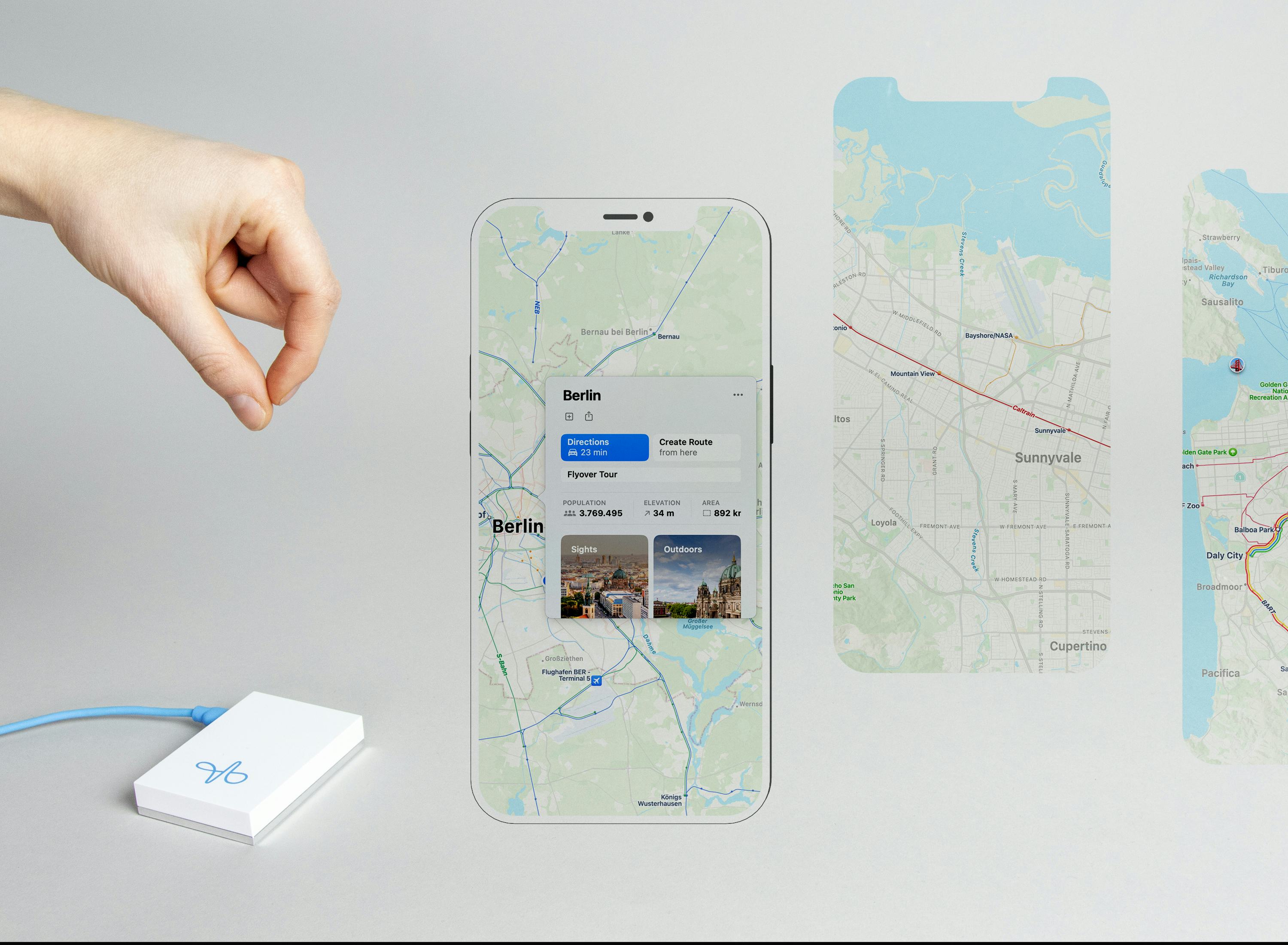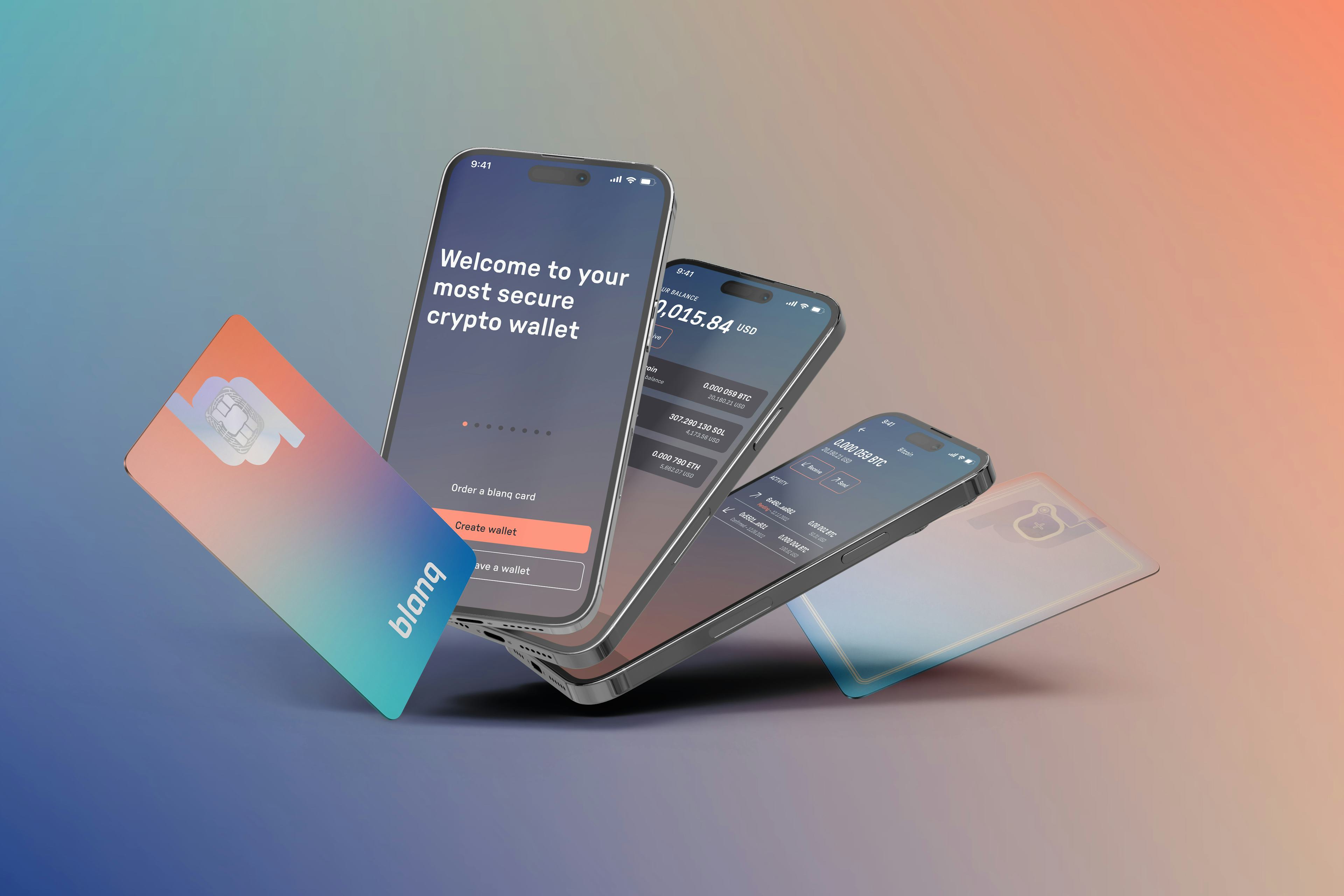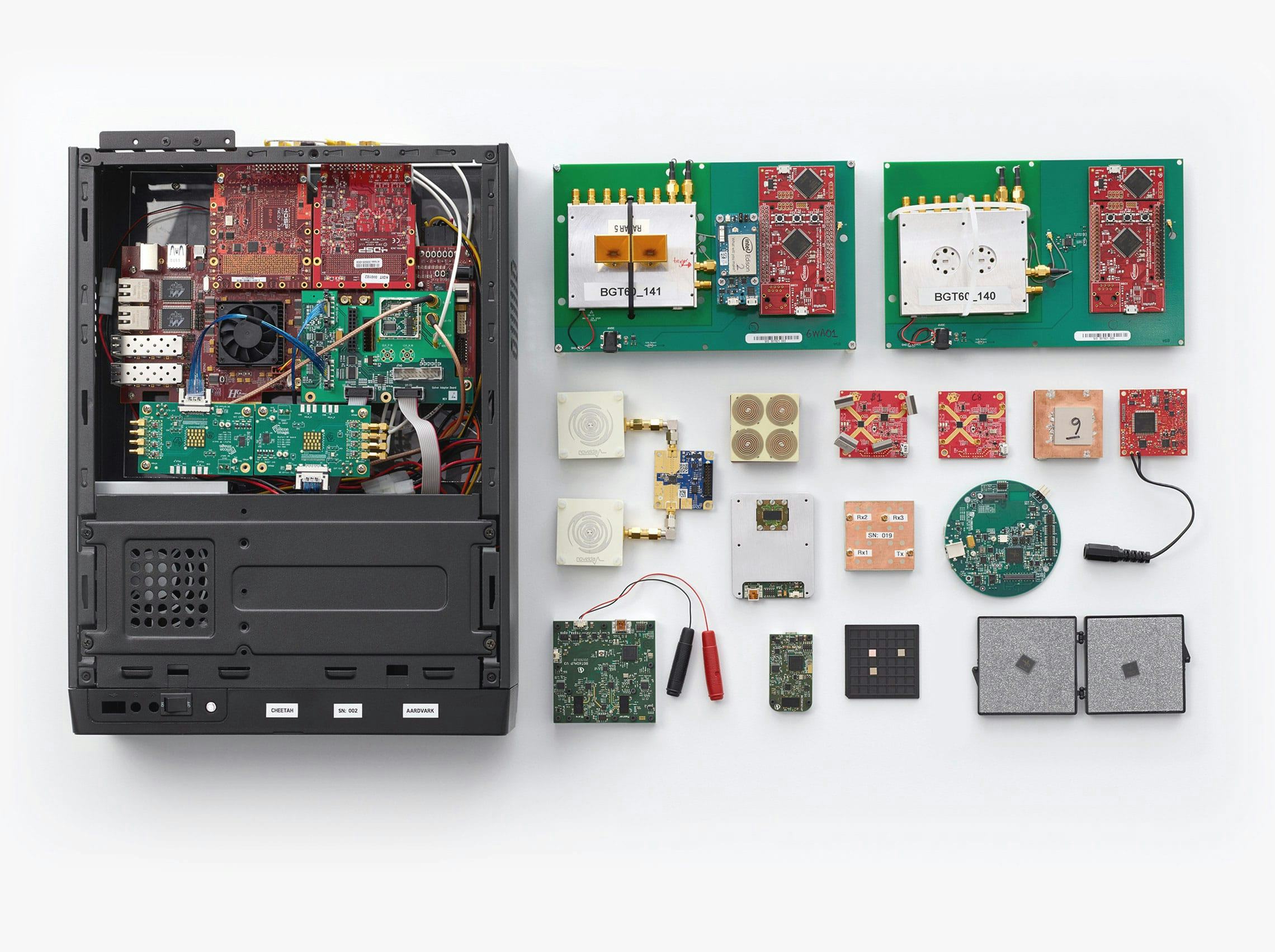
Designing feasible prototypes for Google’s new interaction sensor using radar technology
The Challenge
How to create interactions for a new technology triggered by human motions at various scales
The Result
Feasible prototypes and a documented toolkit for a new interaction sensor using radar technology
Our Expertise
- Ideation
- Interaction Design
- AI & Machine Learning
- Speculative Design
- Data Analysis & Visualization
- UX & UI Design
A miniature radar that understands human motion at various scales
In 2015 Google Advanced Technology and Projects, led by Ivan Poupyrev, developed a new sensing technology: Project Soli.
Soli is a miniature radar that understands human motions at various scales: from your heartbeat to the movements of your body. It fits onto a chip, can be produced at scale and built into small devices and everyday objects.
Project Soli chip evolution © Goolge ATAP
From the initial stages, we were involved and collaborated for more than two years on numerous iterations of the developing sensor. We developed practical use cases and operational prototypes utilizing the chip. Utilizing machine learning and AI, we trained Soli to recognize a series of gestures we designed. The prototypes we created served as proof of concept for various product ideas and innovations.
At a later stage, we handled the full software development. We created the documentation of the Soli Dev Kit including demos and gesture kit explications.
Prototypes
Ivan Poupyrev, Director of Engineering ATAPThe hand is the ultimate input device. It’s extremely precise, it’s extremely fast, and it’s very natural for us to use it.
Our proficiency in data visualization aided us in analyzing, visualizing, and comprehending the functionality of Soli, as well as in interpreting its abundant data for subsequent prototypes.
Equipped with this understanding, we conceptualized and fabricated multiple prototypes tailored to different use cases, aligning with the various developmental stages of the technology.
This prototype utilizes Soli as an input device for controlling a map on a mobile phone. Through gestures, one can swipe through target points and zoom.
Further, we designed and developed a mini-game based on Soli: You control a paper plain with direct gestures of your hand, no controller needed.
Our team developed many more prototypes and visualizations. Finally, it shifted our focus to the Soli developer kit for which we created tutorials and documentation, accompanied by detailed illustrations and manuals.
These helped Google steer the innovation and build user interactions and experiences that just made sense, creating value from the remarkable invention of a tiny radar. Google integrated Soli in their mobile phone, the Google Pixel 4.
Credits
Project lead by Dr. Ivan Poupyrev
Core team Nicholas Gillian, Hakim Raja, Erik Olson, Jaime Lien, Patrick Amihood and Emre Karagozler. Our day to day work has been guided by Carsten Schwesig and Fumi Yamazaki
In collaboration with Tim Gferer, Arturo Castro, Tomek Ness, Jochen Maria Weber, Sebastian An
Related Case Studies
Our focus is always on actionable results of what we do - the real output.

Materializing a start-up’s vision into a sophisticated, user-friendly product
Designing data-driven ambient interfaces for the future of mobility
New modes of interaction between humans and living plants
Collaborate with us
Lets find out how we can add value to your business:
Visit us
Our Studio in Berlin
Sophienstr. 18
10178 Berlin
Legal Disclaimer
Privacy Policy

